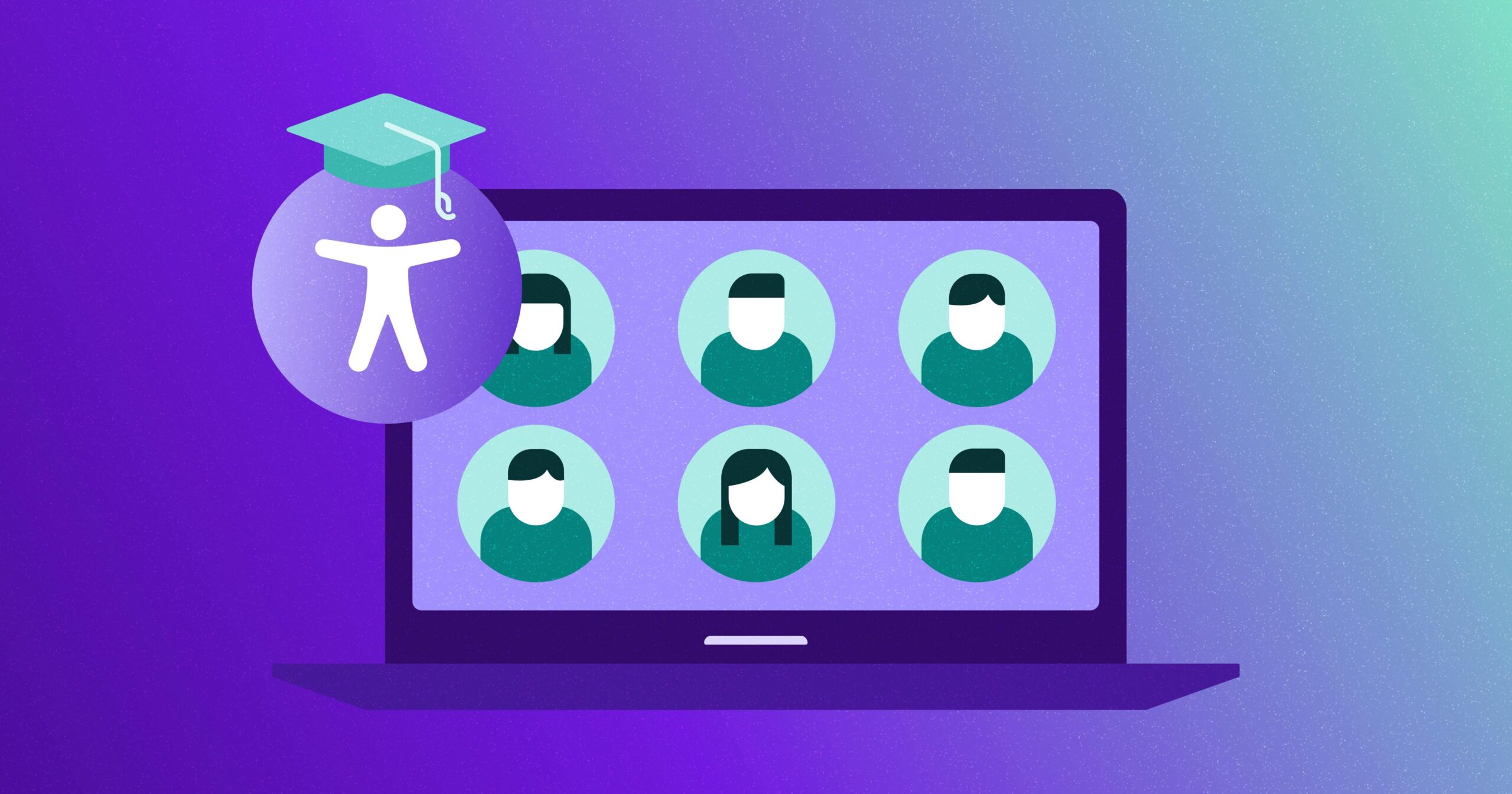Unlocking Equal Learning: How to Ensure Accessibility in Online Education
Online education has revolutionized access to learning, providing a flexible and scalable platform for students across the globe. though, ensuring accessibility in online education remains a vital challenge.To truly unlock equal learning opportunities, it’s essential to address barriers that impede some students from participating fully. In this article, we’ll explore how to maximize accessibility, examine the benefits for learners and educators, share practical tips, and review inspiring case studies—all designed to help you create more inclusive e-learning environments.
Why Accessibility in Online Education Matters
Accessibility in online learning means that courses, materials, and platforms are designed so all students—including those with disabilities, different learning styles, geographic or economic barriers—can effectively participate and succeed.
- Equitable Learning Opportunities: Every learner deserves equal access to knowledge and skills, nonetheless of background or ability.
- Legal Requirements: Ensuring accessibility helps educational institutions comply with regulations such as the Americans with Disabilities Act (ADA) and WCAG 2.1 standards.
- Improved Learning Outcomes: Accessible education fosters higher engagement, retention, and success rates among diverse student populations.
- Global Reach: Removing barriers broadens audience, making education more inclusive globally and reaching underserved communities.
Key Barriers to Accessibility in Online Education
Despite it’s potential, online education can present several accessibility challenges. Understanding these hurdles is the first step toward inclusive design:
- Physical Disabilities: Learners may face obstacles due to visual, auditory, or motor impairments.
- Cognitive and Learning disabilities: Students with dyslexia, ADHD, or other cognitive conditions require tailored learning materials.
- Technological Constraints: Limited internet access, outdated devices, or incompatible software restrict participation.
- socioeconomic and Geographic barriers: Low-income learners or those in remote regions may lack access to hardware and reliable connectivity.
- language Barriers: Courses offered in only one language can exclude non-native speakers.
Benefits of Accessible Online Education
Creating accessible online courses brings powerful advantages to learners and organizations alike:
- Diverse Enrollment: Attract students from varied backgrounds,abilities,and regions.
- Enhanced Reputation: Institutions known for prioritizing accessibility build trust and brand value.
- Higher Course completion Rates: Learners who can access content easily are more likely to persist and succeed.
- Innovation: Accessibility drives creative solutions and improved user experiences for all.
- Legal Compliance: Reduce risks of litigation or penalties by meeting global accessibility standards.
Practical Tips to Ensure Accessibility in Online Education
Unlocking equal learning requires intentional design and delivery strategies. Here are essential tips to improve accessibility in e-learning:
1. Apply Worldwide Design for Learning (UDL) Principles
- Offer multiple means of representation (text, audio, video, images).
- Provide flexible ways for students to engage with material and demonstrate understanding.
- Incorporate adjustable layouts and font sizes for personalized learning experiences.
2. Use Accessible learning Platforms
- Choose or customize LMS platforms that support screen readers and keyboard navigation.
- Ensure all plugins and add-ons are compliant with WCAG 2.1 or higher standards.
3. Ensure Multimedia Accessibility
- Add alt text to images for visually impaired students.
- Provide captions and transcripts for all video and audio content.
- Use color contrast and avoid using color alone to convey meaning.
4. Create Readable and Structured Content
- Organize articles with clear headings and bullet points (using
- Use plain language and avoid jargon where possible.
- offer downloadable resources in accessible formats (PDF, Word, HTML).
5. Test and Iterate for Accessibility
- Utilize accessibility checkers (e.g., WAVE, Axe, Lighthouse) to identify issues.
- gather feedback from learners with disabilities and adapt content based on real experiences.
- Regularly update course materials to maintain accessibility compliance.
6. Train Educators and Support Staff
- Conduct accessibility workshops and seminars for faculty and developers.
- Share checklists and best practices regularly.
- Foster a culture of inclusion and problem-solving for diverse student needs.
WordPress & CSS Tips for Accessible E-Learning Websites
If your building or managing your online education platform on WordPress, accessibility starts with your choice of WordPress themes and plugins. Here’s how you can ensure your site is accessible:
- Select Accessible Themes: choose themes labeled “accessibility-ready” with high contrast and responsive design.
- Use CSS for Clear Layouts: Employ CSS to support larger font sizes, adequate spacing, and logical navigation.
- Include ARIA Landmarks: Use
roleattributes and ARIA labels to guide screen readers. - Accessible Forms: Style forms with clear labels, error messages, and tab navigation.
- Plugin Selection: Opt for accessibility-focused plugins like WP Accessibility, UserWay, or One Click Accessibility to automate compliance.
/* Example: improve readability via CSS */
body {
font-size: 18px;
line-height: 1.6;
color: #222;
}
a:focus, button:focus, input:focus {
outline: 2px solid #457b9d;
}
Real-World Case Studies: Successful Implementation of Accessibility
Case Study 1: A University’s Landmark Accessibility Upgrade
The University of XYZ transitioned its entire course catalog to an accessibility-compliant platform in 2023.By integrating screen reader support, captioned videos, and accessible quizzes, the institution saw a 25% increase in engagement among students with disabilities and a 10% overall rise in course completion rates.
Case study 2: Online Coding Bootcamp—Diversity by design
CodeForAll, an international coding bootcamp, prioritized accessibility by offering materials in five languages and creating adaptive assessments. This led to higher completion rates among neurodiverse learners and increased applications from female and minority students.
First-Hand Experience: Student Viewpoint
“Before my university adopted screen reader-compatible formats and live transcripts, I struggled to keep up with coursework. Today, I feel empowered—able to interact and contribute confidently in online classes.”
— Maya, visually-impaired graduate student
Conclusion: Nurturing Equal Learning Through Accessibility
Unlocking equal learning will power the best possible education for everyone, everywhere. Whether you’re an educator, administrator, or edtech enthusiast, prioritizing accessibility in online education ensures all learners can thrive. By embracing universal design, choosing the right tools, and proactively learning from real-world success, you break down barriers and build a future where education is truly inclusive.
Start your journey today—audit your online courses for accessibility, invest in training, and commit to ongoing betterment. Together, we can unlock equal learning for every student.

